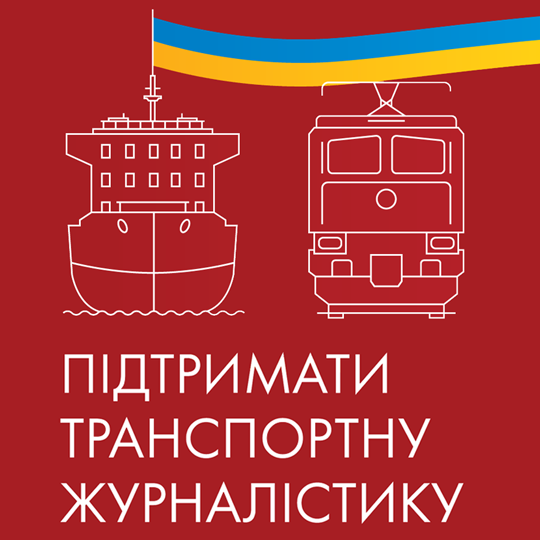The Ukrainian Sea Ports Authority signed a memorandum of cooperation with LLC Risoil Terminal on Friday, 12 May, with the aim of increasing the volume of cargo flows to the Chornomorsk seaport and simultaneously increasing the water depths at the seaport.
"On its part, the Ukrainian Sea Ports Authority will ensure the necessary dredging work and the stevedoring company will consequently increase its capacity and cargo traffic. If the partnership with the private investors develops at such rates, the Chornomorsk seaport will become the most promising port in the country," the Ukrainian Sea Ports Authority’s head Raivis Veckagans said.
As reported, the Ukrainian Sea Ports Authority and the Kernel company agreed to cooperate on increasing cargo flows to the Chornomorsk seaport on April 21.
According to the memorandum with the LLC Risoil Terminal, the Ukrainian Sea Ports Authority will perform dredging work in the waters of the Chornomorsk seaport. The Cabinet of Ministers approved the feasibility study for this project in October 2016.
The project provides for increasing the water depth at the seaport from 12 to 15 meters. In addition, the approach canal to the seaport will be deepened to 16 meters. The total volume of the dredging work will be 3,104,700 cubic meters. In accordance with the project’s schedule, the dredging work will begin in the fourth quarter of 2017 and it will be completed in 2018.
In accordance with the memorandum, LLC Risoil Terminal will increase its handling capacity in the Chornomorsk seaport and ensure export transshipment of at least 3 million tons of cargo per year. For this purpose, the universal warehouse No. 2, the railcar unloading station No. 2, silos, a conveyor gallery to the junction of the berths Nos. 10 and 11 and along the berth No. 11 will be built together with installation of a ship-loading machine at the berth No. 11, a two-sided pier will be at the junction of the berths Nos. 10 and 11 with the berths Nos. 11-a and 11-b together with installation of ship-loading machines. These new facilities are intended to increase the number of ship calls to the port, and, accordingly, port charges.
Commenting on the signing of the memorandum, Shota Khajishvili, director of the Ukrainian office of Risoil S.A., told the CFTS portal that dredging in the Chornomorsk seaport was long overdue. "Our obligations are more cargoes and vessels. I hope that the Ukrainian Seaports Authority will also fulfill its obligations because the port will not survive without increasing its water depth and cargoes will go to Mykolaiv," he said.
After implementing all these plans, the company aims to handle 4.5 million tons of grain, 1 million tons of oil, and 0.5 million tons of processed products per year.
According to Khajishvili, it is also necessary to develop the railway infrastructure to enable it to handle such volumes. The Chornomorska railway station is currently capable of handling 750 railcars per day, which is insufficient. Risoil also plans to receive cargoes transported by river in the future. Khajishvili said that the port would be able to receive about 2 million tons of cargo, increasing to about 3 million tons after the berth is built.
The Risoil Terminal is the largest terminal for handling bulk and grain cargoes in the Black Sea region. The company's bulk-cargo terminal at the Chornomorsk seaport has been handling vegetable oils for export and providing services to companies such as Cargill, Kernel, ADM, and others since 2001. The Risoil grain terminal was put into operation in March 2016.
The Chornomorsk seaport is one of the largest seaports in Ukraine. It handles general and bulk cargoes. It is located on the coast of Sukhyi Lyman, 12 miles southwest of Odesa. The port is capable of receiving ships with lengths of up to 275 meters (up to 300 meters in some cases). Its approach canal has a length of 1,400 meters and a width of 160 meters. The port has a transshipment capacity of more than 32 million tons of cargoes per year. It has a mooring line of about 6,000 meters, on which its berths Nos. 1-29 are located.



